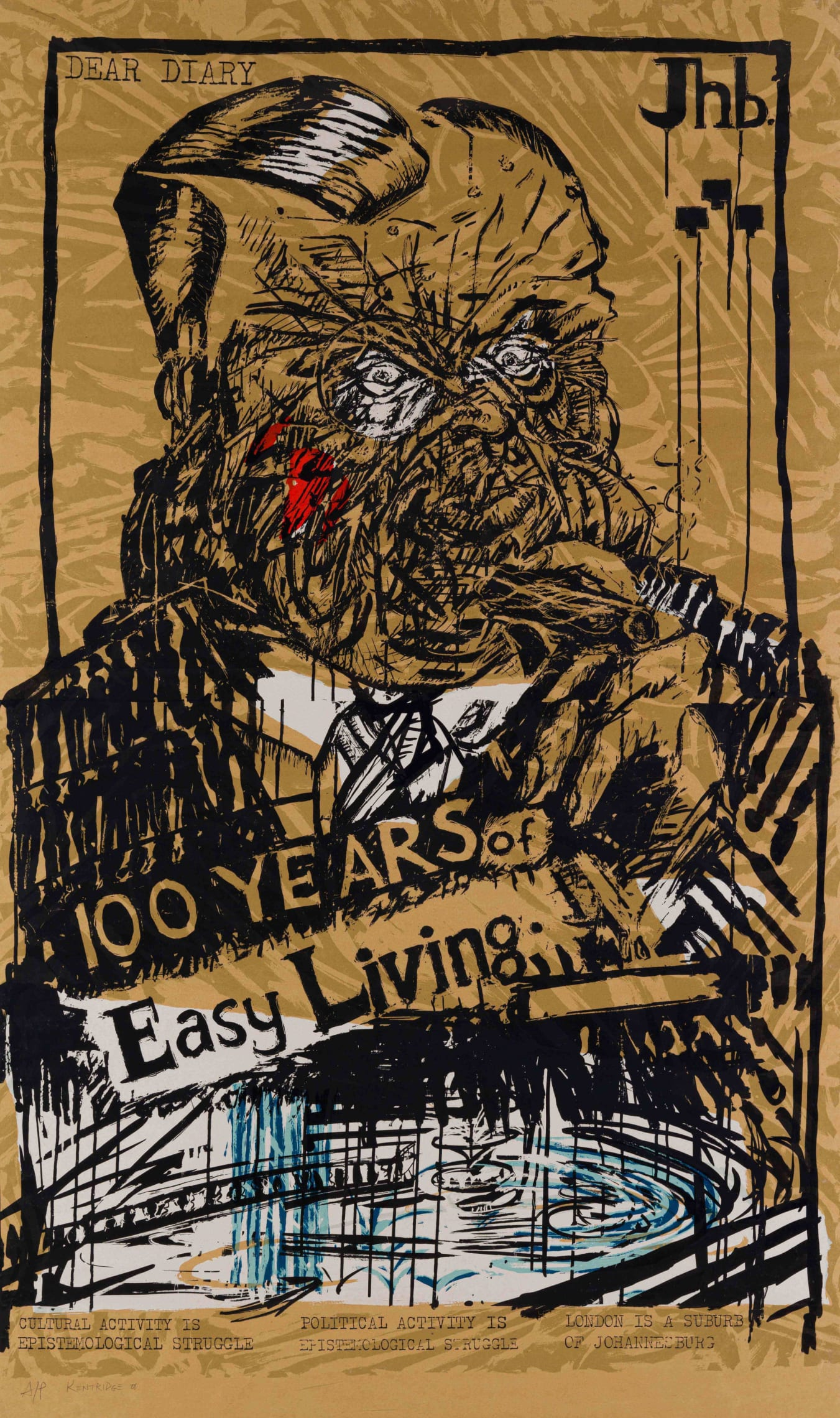Art in a State of Siege: Examining Omen in Turmoil

Art in a State of Siege: Examining Omen in Turmoil
In the complex narrative of “art in a state of siege,” the profound connection between creativity and political unrest becomes critically apparent. Artistic response to political turmoil has long served as a lens through which society can examine its own vulnerabilities and fears. Renowned for his exploration of chaos, Hieronymus Bosch’s works echo the sentiment that even amidst upheaval, art can serve as an ominous guide to understanding our present crises. Similarly, the introspective self-portraits of Max Beckmann encapsulate a personal and societal struggle in the face of adversity, highlighting the emotional weight carried by artists facing turbulent times. Ultimately, political art analysis unveils how these masterpieces not only reflect their eras but also provoke conversations about the future we wish to build.
When examining the intersection of creativity and civil distress, we encounter the concept of art as an oracle in uncertain times. The realm where artistry meets societal challenges fosters a unique perspective that stimulates dialogue and reflection. Artists like Bosch and Beckmann engage audiences by channeling the disquiet and upheaval of their respective eras into compelling visual narratives. Through such explorations, we witness the transformative power of artistic expression, which remains relevant, even as it serves as a mirror to society’s darkest moments. Thus, the study of art during periods of conflict not only enriches our understanding of the influential role of culture but also reinforces its potential to guide communities through crises.
Art in a State of Siege: A Reflection on Political Unrest
The phrase “art in a state of siege” encapsulates the dual role of art as both a reflection of societal turmoil and as a potential catalyst for change. In times of political instability, art emerges as a powerful medium through which individuals express their fears, hopes, and collective memories. Joseph Koerner’s exploration of this concept highlights how artists, like Max Beckmann and Hieronymus Bosch, engage with themes that resonate deeply with the chaos of their respective times. By examining artworks produced in such circumstances, we gain insight into the psyches of the artists and the societies they inhabited, showcasing art’s ability to act as an omen amid crises.
Furthermore, the tension encapsulated in the phrase “state of siege” serves not only as a backdrop for artistic creation but also as a lens through which to analyze the viewer’s reaction to art during troubling times. As Joseph Koerner delves into the political contexts of the works he studies, he reveals how these pieces resonate across generations, continuing to speak to contemporary audiences faced with their own challenges. This intergenerational dialogue emphasizes the importance of understanding art’s role as a commentary on political unrest—whether it be through the vivid imagery of Bosch’s surreal landscapes or the stark realism of Beckmann’s portraits. The insight gained from these works encourages us to consider how art can reflect societal fears while simultaneously providing guidance for navigating tumultuous periods.
Frequently Asked Questions
What does ‘art in a state of siege’ mean in relation to political art analysis?
‘Art in a state of siege’ refers to the concept of creating and interpreting art during periods of political unrest, where the societal fabric is strained. It signifies how artists respond to turmoil and how their works may serve as omens or reflections of the societal conditions they depict. In political art analysis, this concept helps to uncover the deeper meanings behind artworks that emerge from chaos, including themes of conflict, uncertainty, and rebellion.
How do artists like Max Beckmann contribute to the understanding of art in a state of siege?
Max Beckmann’s works, particularly his self-portrait, exemplify the emotional and psychological responses to the crises of his time, such as post-WWI Germany’s political instability. His art captures the notion of the artist as a pivotal figure who can offer insight amid chaos, embodying the idea of ‘art in a state of siege’ by reflecting the struggles and uncertainties faced by society during turbulent times.
What role does Hieronymus Bosch play in the context of art as omen during turbulent times?
Hieronymus Bosch is often revisited in discussions of art in a state of siege due to his ability to depict complex and chaotic scenarios in his paintings. His work, such as ‘The Garden of Earthly Delights’, serves as an omen, evoking the fears and anxieties present during periods of unrest. By analyzing Bosch’s art, we can gain insight into the collective psyche of those living through political strife.
In what ways can political art address the theme of enemies in art under siege?
Political art, particularly works from artists like Bosch and Beckmann, often explores the ambiguity of enemies during times of siege. Bosch’s depictions of various figures as potential foes reflect the paranoia and fear prevalent in society, while Beckmann’s self-portraits symbolize the artist’s confrontation with the chaotic environment. This exploration allows viewers to consider how art navigates the complexities of perceived threats and societal divides.
How does Joseph Koerner’s ‘Art in a State of Siege’ reflect on contemporary political unrest?
Joseph Koerner’s ‘Art in a State of Siege’ explores the relevance of artistic responses to contemporary political unrest. By analyzing artworks created during times of turmoil, Koerner illustrates how artists convey profound messages about fear, oppression, and resistance, making their works poignant reflections of both historical and modern political climates.
Why is it important to study art as omen in relation to political upheaval?
Studying art as omen in relation to political upheaval is vital as it reveals how artists articulate societal tensions and anxieties. Art created in these contexts often embodies a collective memory and serves as a warning about the consequences of political actions, helping current and future generations understand the historical complexities of their own political landscapes.
| Key Point | Details |
|---|---|
| Book Overview | Joseph Koerner’s ‘Art in a State of Siege’ analyzes artworks as responses to political unrest. |
| Historical Context | Focuses on works by Bosch, Beckmann, and Kentridge, relating them to past and present crises. |
| Importance of Bosch’s Work | ‘The Garden of Earthly Delights’ raises questions about morality amidst chaos, illustrating ambiguity in meaning. |
| Art as a Reflection of Society | Art during sieges reflects societal struggles and offers insights during political upheavals. |
| Contemporary Relevance | ‘Art in a State of Siege’ encourages viewing art as a means of navigating crises rather than simply celebrating victories. |
| Koerner’s Approach | He emphasizes the connection between viewers and the artworks in times of trouble. |
Summary
Art in a state of siege captures the essence of how artworks respond to times of political turmoil and societal unrest. Joseph Koerner’s exploration of this theme through significant pieces of art, like Bosch’s and Beckmann’s works, reveals not just historical reflections but also contemporary relevance. By analyzing art’s role during such crises, we can understand the profound connections it creates between viewers and cultural narratives in the face of adversity.
